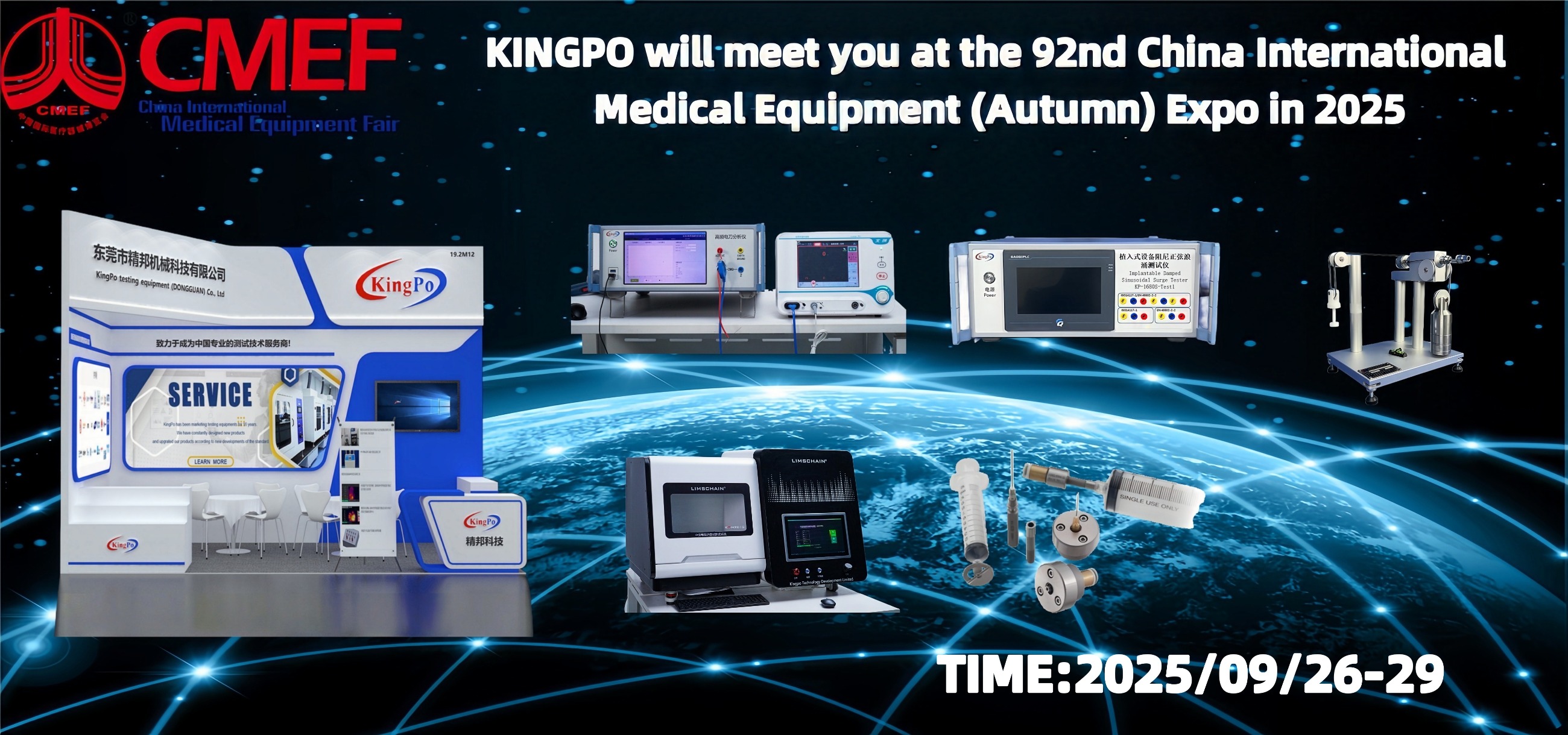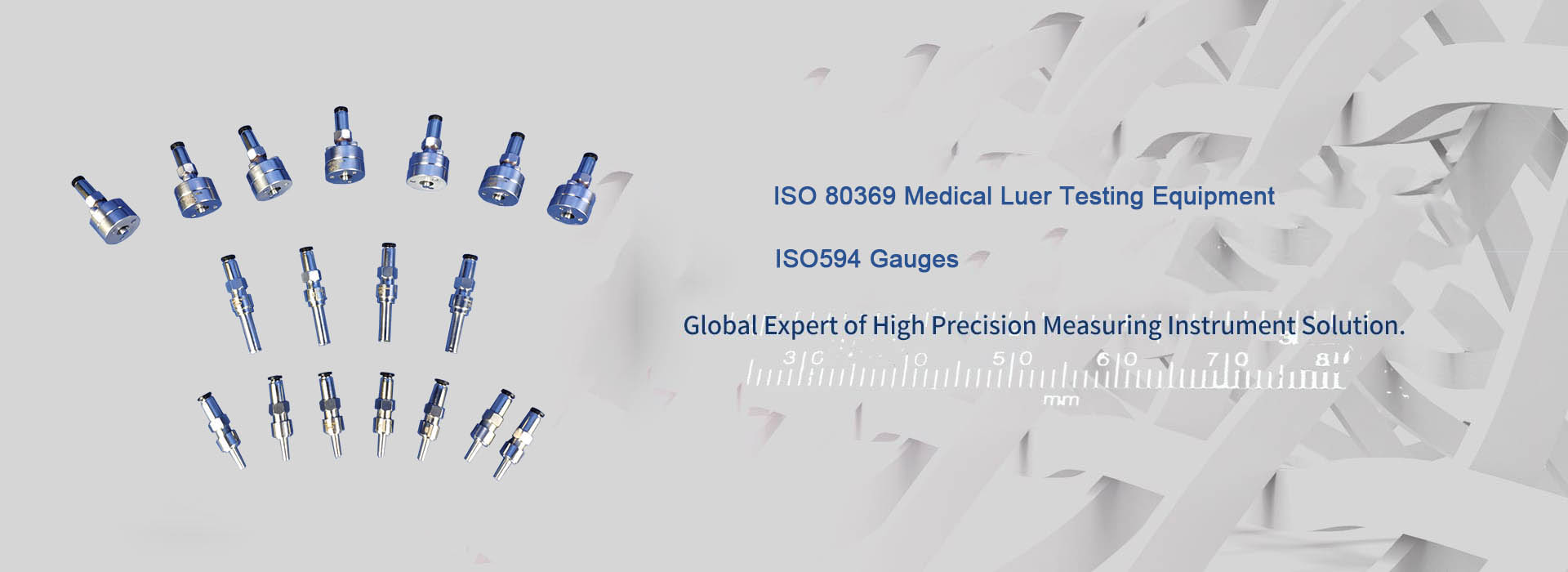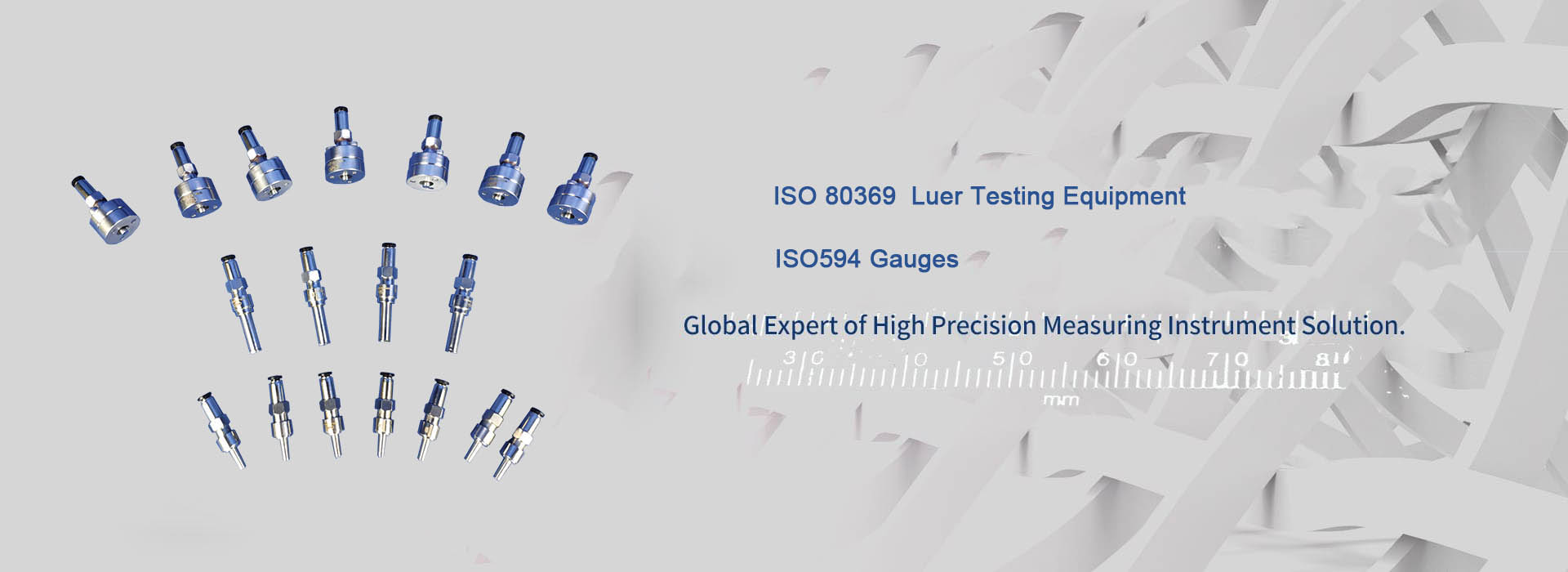Why Medical Electronic Equipment Testing is Crucial
Medical electronic equipment undergoes a comprehensive testing regimen that is crucial for ensuring their safety, dependability, and effectiveness within healthcare environments. This article scrutinizes the significance of such testing, examining its role in adhering to global and national benchmarks, safeguarding patient welfare, gauging device functionality, and promoting equipment sustainability.
The necessity of adhering to standards is paramount in the realm of medical electronics. Such adherence is essential to uphold the quality and security of these devices. Thorough testing processes enable manufacturers and healthcare entities to confirm that their equipment conforms to the stringent specifications and regulatory frameworks set forth.
Patient safety stands as the cornerstone of medical equipment testing. These assessments are pivotal in uncovering any risks or weaknesses in devices, enabling prompt repairs or replacements. By addressing these concerns, healthcare professionals can significantly lower the risk of patient harm and elevate the standard of patient care.
Device functionality is another critical area assessed through regular testing. Medical equipment must consistently deliver precise and accurate results. Continuous evaluation ensures these devices meet the required standards, contributing to accurate diagnoses and effective treatments.
Regular testing is also essential in prolonging the lifespan of medical equipment. Early detection and resolution of issues can significantly extend the operational life of these devices, reducing costs and ensuring their availability for use when needed.
1. Ensuring Standards Adherence:
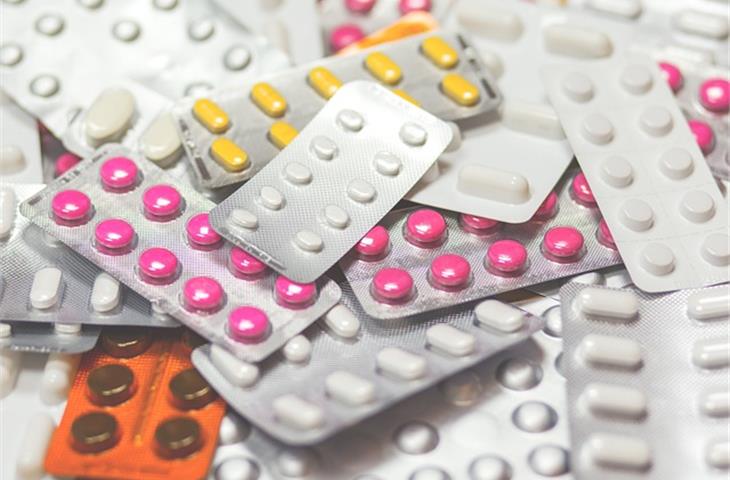
The importance of standard compliance in medical electronics cannot be overstated. This segment delves into the significance of adhering to these standards, the specific benchmarks involved, and the methodologies employed to confirm compliance.
2. Patient Safety Enhancement:
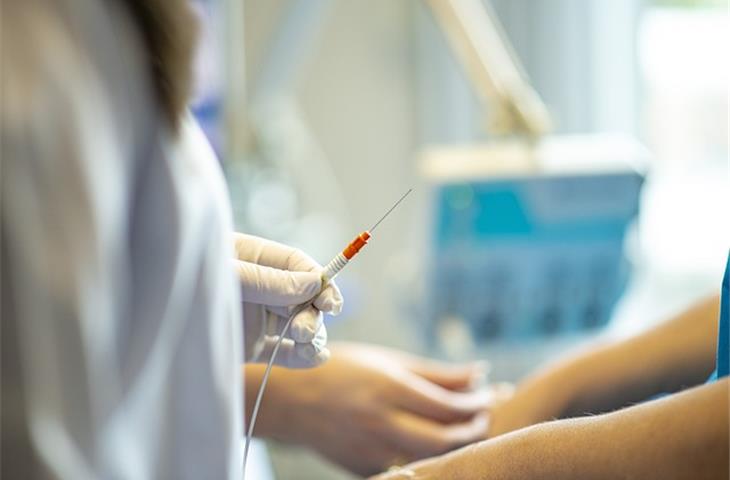
Patient safety is the paramount consideration in healthcare. This section explores how testing helps mitigate risks and vulnerabilities in medical devices, thereby enhancing patient safety and improving the quality of patient care.
3. Equipment Performance Evaluation:
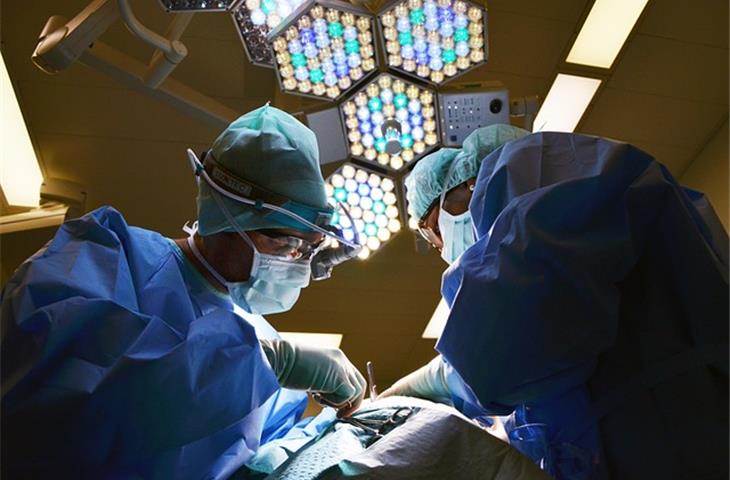
The reliability of medical equipment is contingent on its consistent and accurate performance. This section examines the various performance criteria that are assessed during testing, emphasizing the importance of accuracy, precision, and stability, and the necessity of regular evaluations.
4. Equipment Maintenance and Longevity:
Maintaining the longevity of medical equipment is vital for cost-effectiveness and operational readiness. This part discusses the benefits of early issue identification and resolution, the cost implications, and the advantages of extending the life of medical equipment.
Advanced analytical studies have shown that adherence to rigorous testing protocols can reduce adverse events by up to 40%. Additionally, a report by the Joint Commission International highlights the economic benefits of well-maintained medical equipment, with cost savings potentially reaching millions of dollars over a device's lifespan. These findings underscore the critical importance of comprehensive medical equipment testing in healthcare settings.
- KINGPO will meet you at the 92nd China International Medical Equipment (Autumn) Expo in 2025
- KingPo Delivers and Installs State-of-the-Art Dust Chamber in Korea, Enhancing Local Testing Capabilities
- Fatal mistakes in IPX9K waterproof test: nozzle size and water temperature control, the truth you must know
- Neutral Electrode Temperature-rise Tester: Ensuring Safety in Electrosurgery
- What are the key differences between ISO 80369-7 and ISO 594?
- What are the implications for manufacturers transitioning from ISO 594 to ISO 80369-7?
- KINGPO Company Unveils Next-Generation Electrosurgery Analyzer
- KINGPO 2024 R&D Results Report
- ISO 80369-3 Test Equipment LIst
- Essential Considerations for Small-Bore Connector Testing Equipment
